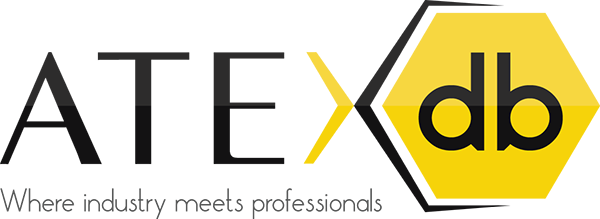use of tools in Ex zones
06/22/2016
what about mechanically generated sparks acc to EN 1127-1:2011?
6.4.4 Mechanically generated sparks
For the identification of hazards due to mechanically generated sparks, see 5.3.
If hazards due to mechanically generated sparks have been identified, dependent on the type of explosive atmosphere (gas/vapour/mist or dust as the flammable substance) and from the category the following specific requirements for equipment, protective systems and components shall be complied with:
- Category1: Equipment, protective systems and components which, even in the case of rare malfunctions, can give rise to incendive friction, impact or abrasion sparks, shall be excluded. In particular, friction shall be avoided between aluminium or magnesium and iron or steel. Friction and impact between titanium or zirconium with any hard material shall be avoided.
- Category 2 The requirements for Category 1 should be complied with whenever possible. Sparks shall be excluded in the case of normal operation and in the case of malfunctions.
- Category 3: It is sufficient to implement protective measures against incendive friction, impact or abrasion sparks during normal operation.
- All categories: Equipment intended for use in explosive gas/air, vapour/air and mist/air atmospheres which can produce mechanically generated sparks shall be excluded if the possible explosive atmosphere can contain one or more of the gases acetylene, carbon disulphide, hydrogen, hydrogen sulphide, ethylen oxide, unless there is proven evidence that there is no explosion risk.
NOTE 1 The requirements for tools which can be present in explosive atmosphere should be in accordance with Annex A.
NOTE 2 It is possible in some cases to protect light metals from mechanical contact with rust by coating. If coated with non-conductive materials such as plastics precautions against static electricity can be necessary. The coating should not contain high percentages of aluminium.
NOTE 3 The likelihood of mechanically generated incendive sparks can be reduced, for example, by wetting. Possible reactions with the wetting medium should be considered, see EN 13463-8.
Annex A
(informative)
Information for the use of tools in potentially explosive atmospheres
Those responsible for operating plants and processes where potentially explosive atmospheres exist should provide information to all who work on the site about the safe use of hand tools. Two different types of tools can be distinguished:
a) tools which can only cause single sparks when they are used (e.g. screw-drivers, spanners, impact screw- drivers);
b) tools which generate a shower of sparks when used during sawing or grinding.
In Zones 0 and 20, no tools which can cause sparks should be allowed.
In Zones 1 and 2, only steel tools according to a) should be allowed. Tools according to b) should only be permissible if no hazardous explosive atmosphere is present at the workplace.
However, the use of any kind of steel tools should be prohibited in Zone 1 if the risk of explosion exists because of the presence of substances belonging to explosion group II C (according to EN 60079-20, acetylene, carbon disulphide, hydrogen), and hydrogen sulphide, ethylene oxide, carbon monoxide, unless no hazardous explosive atmosphere is present at the workplace during the work with these tools.
Steel tools according to a) may be allowed in Zones 21 and 22. Steel tools according to b) may only be allowed if the workplace is shielded from the remaining area of Zones 21 and 22 and the following additional measures have been taken:
1) dust deposits have been removed from the workplace or
2) the workplace is kept so wet that no dust can be dispersed in the air nor that any smouldering processes can develop.
When grinding or sawing in Zones 21 and 22 or in their vicinity, sparks produced can fly over great distances and lead to the formation of smouldering particles. For this reason the other areas around the workplace also should be included in the protective measures mentioned.
The use of tools in Zones 1, 2, 21 and 22 should be subject to a "permit to work" system. This should be included in the information for use.

